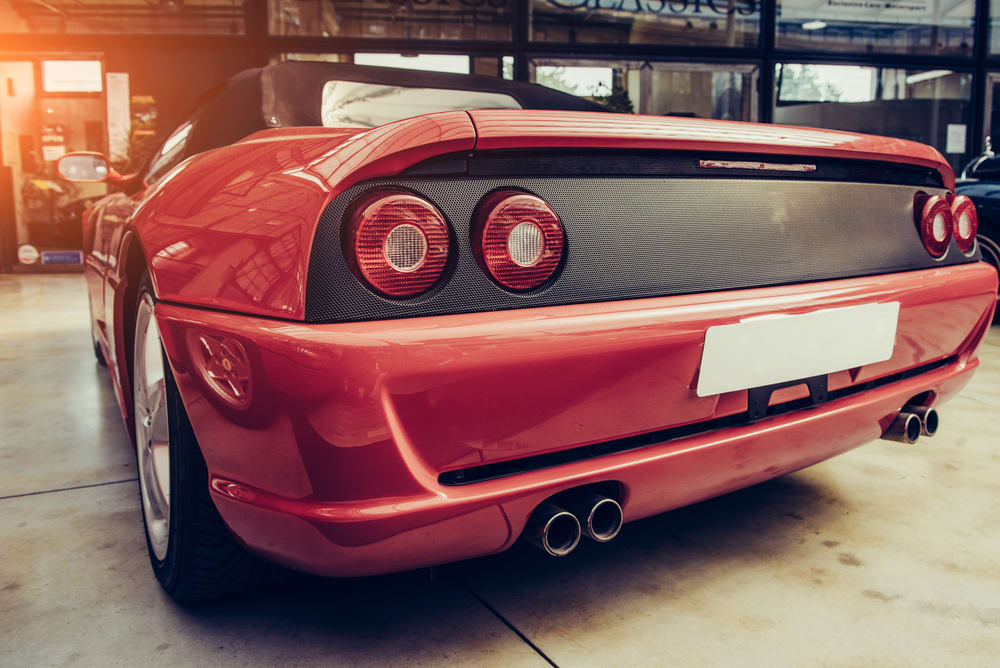

With all the options available for drive wheels in vehicles, it can become confusing as to which is best for you. Here, you’ll learn five things you need to know about rear-wheel drive (RWD) so you can make a better-informed decision.
What It Is
RWD simply means that the power from the engine is transferred to the rear axle via a driveshaft. Once the driveshaft sends the power to the rear axle, it transfers it to a set of rear gears that distribute it between the wheels. In this drive setup, the rear wheels of the vehicle are responsible for moving it, while the front wheels handle the steering.
Benefits
Rear-wheel drive is most often seen on performance vehicles and trucks. With trucks, RWD provides increased traction when a heavy load is being carried. This traction boost helps move the load and increases the durability of the truck. With performance cars, RWD provides the strength needed to accommodate larger engines and increased horsepower.
Increased Acceleration and Balance
RWD also benefits acceleration. When a driver hits the gas, it causes the weight of the vehicle to shift backwards. With a rear-wheel drive car, this puts more pressure on the driving wheels, facilitating a faster takeoff than one would see with a front-wheel drive. Additionally, RWD vehicles usually have a better balance of weight across all four tires, which contributes to improved balance and handling.
Fewer Repairs
RWD systems are popular because they can offer increased durability over the other drives available. The systems are designed to provide durability, which means you won’t have to worry about causing significant damage if you happen to hit a pothole or even run up on the curb. If that happens in a front-wheel drive car, you’ll likely be in the shop waiting for an axle or CV shaft replacement or repair.
Not Bad-Weather Friendly
For all their benefits, rear-wheel drive vehicles are not the best option in snow and ice. While traction control and other such systems help maintain control, you are much more likely to slide and even spin when dealing with slippery road conditions. If you own a RWD vehicle, your best bet might be to either use snow chains, add plenty of weight to the back of the vehicle by loading up the trunk, or if possible, drive a different vehicle in inclement weather conditions.



